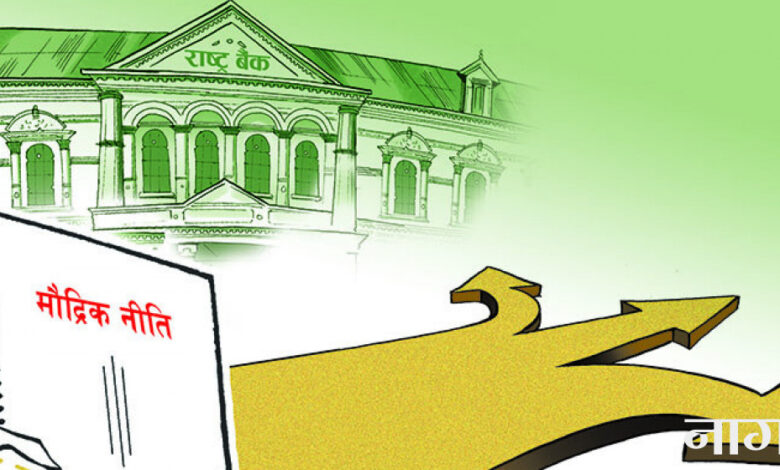Bankers and automobile dealers cautiously welcome the monetary policy review – myRepublica

NRB turns flexible on BFIs’ capital adequacy fund, auto loans and home loans
KATHMANDU, May 19: Nepal Rastra Bank (NRB) has turned flexible over the mandatory capital adequacy funds that the banks and financial institutions (BFIs) have to maintain while issuing credits to their clients.
Through the third-quarterly review of the Monetary Policy for the fiscal year 2023/24 on Friday, the central bank has allowed the BFIs to implement additional tools of the capital adequacy fund. The new measures are expected to give respite to a number of BFIs, which have been struggling to maintain their capital adequacy funds.
NRB has reduced the mandatory provision for loan loss on the credit that falls under the good category to 1.20 percent from 1.25 percent. This will enable the banks to expand their loanable fund amount by additional Rs 20 billion, said bankers.
Prior to the COVID-19 pandemic, the provision ratio was less than one percent, which was raised to 1.30 percent during the pandemic. Bankers have been demanding the NRB to maintain it at only one percent. Additionally, the NRB has also allowed the BFIs to issue perpetual preference shares or perpetual debt instruments.
The NRB attempted to address the capital adequacy fund of the BFIs also through the mid-term monetary policy review in February. By revising ‘regulatory retail portfolio,’ the NRB allowed banks to consider the credit of up to Rs 20 million, an increase from Rs 10 million, being provided to agriculture and small, cottage and medium enterprises under the heading.
According to the Capital Adequacy Framework 2015 enforced by the NRB, banks need to maintain 11.5 percent of their capital adequacy. In the tier-1 capital, nine percent of the CAR should be maintained from the core capital while the additional 2.5 percent should be maintained from tier-2 capital (supplementary capital).
The BFIs cannot expand their lending if they do not maintain the capital adequacy fund at the prescribed level. According to NRB officials, it is one of the main factors that barred the BFIs from issuing more loans despite having sufficient liquidity with them.
In the past few months, the NRB took actions against half a dozen of BFIs for breaching the mandatory rules related to the capital adequacy framework. Those banks reportedly did not adhere to the central bank’s guidelines in deducting certain amounts from the primary capital and understated its risk-weighted assets, leading to a misrepresented higher capital adequacy ratio.
Apart from the capital adequacy, the central bank also introduced several key measures aimed at stimulating the real estate, automotive, and stock markets. One of the highlights of the revised monetary policy is the adjustment in the debt service to gross income ratio for real estate purchases to 70 percent from 50 percent. Likewise, the risk weight for hire purchase in automotive loans exceeding Rs 250,000 has been reduced to 100 percent from 125 percent.
Meanwhile, NADA Automobile Association of Nepal has cautiously welcomed the third quarterly review of the monetary policy. While the revisions of loan loss provision on good loans and risk weight for hire purchase in automotive loans are positive moves, the central bank has failed to address a number of issues including loan to value ratio on this type of credit and opening letter of credit for vehicles imports, the NADA mentioned in its press statement.
The review also includes a significant change in the investment landscape for banks and financial institutions. The limit on sales from investments exceeding one year has been increased from 1 percent to 20 percent of primary capital. This adjustment is expected to boost market supply by allowing banks to sell a larger portion of their investments, thereby enhancing their liquidity and profitability.
Bankers however said the new provision of the NRB will not help create demand; rather it will make an overwhelming supply of shares in the secondary market. “As it promotes only selling, the purchase side will not be boosted until there will be an amendment to the related provision,” wrote Manoj Gyawali, deputy CEO of Nabil Bank, on social media.
Sundar Kandel, chief executive officer of Siddhartha Bank, however, said that the new provision could help boost the share market if banks increase their investment to purchase the excessive shares that will be released in the market.



